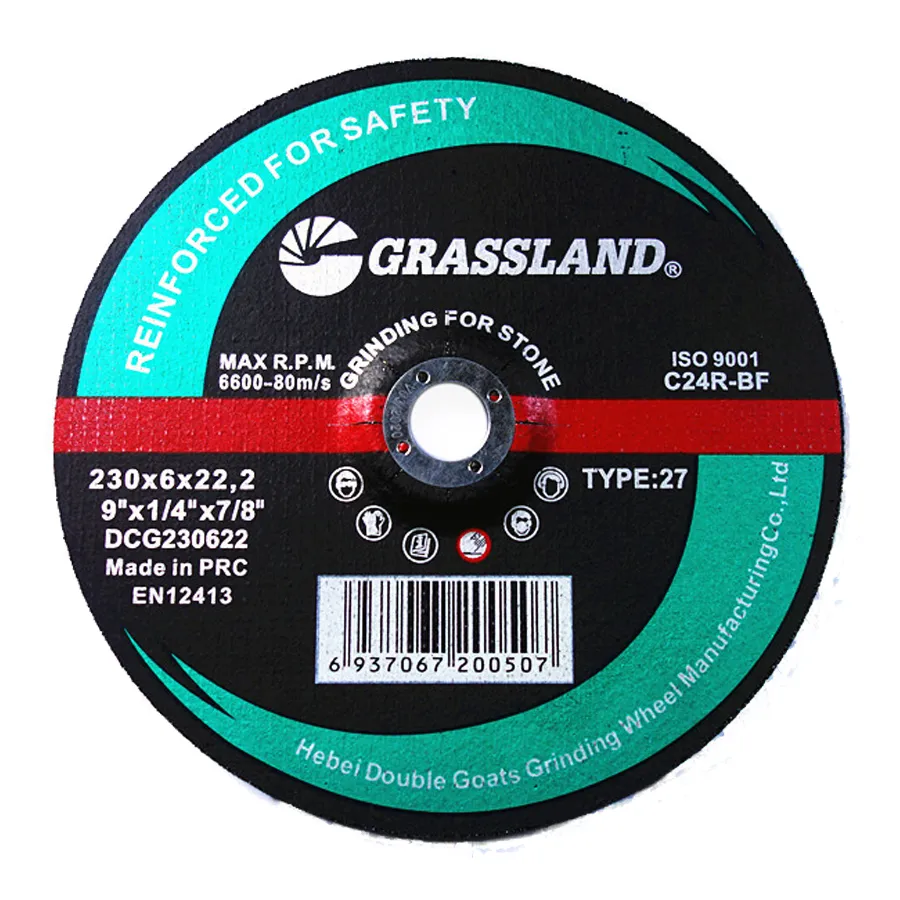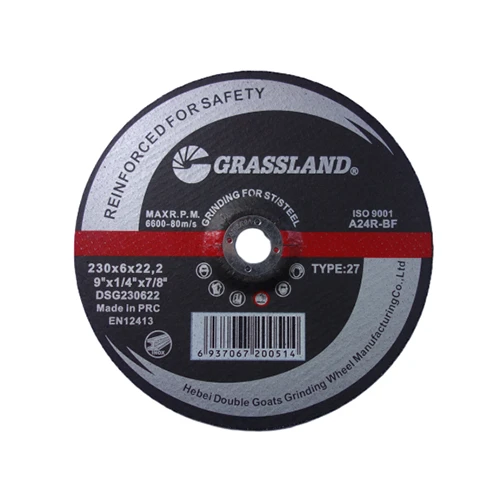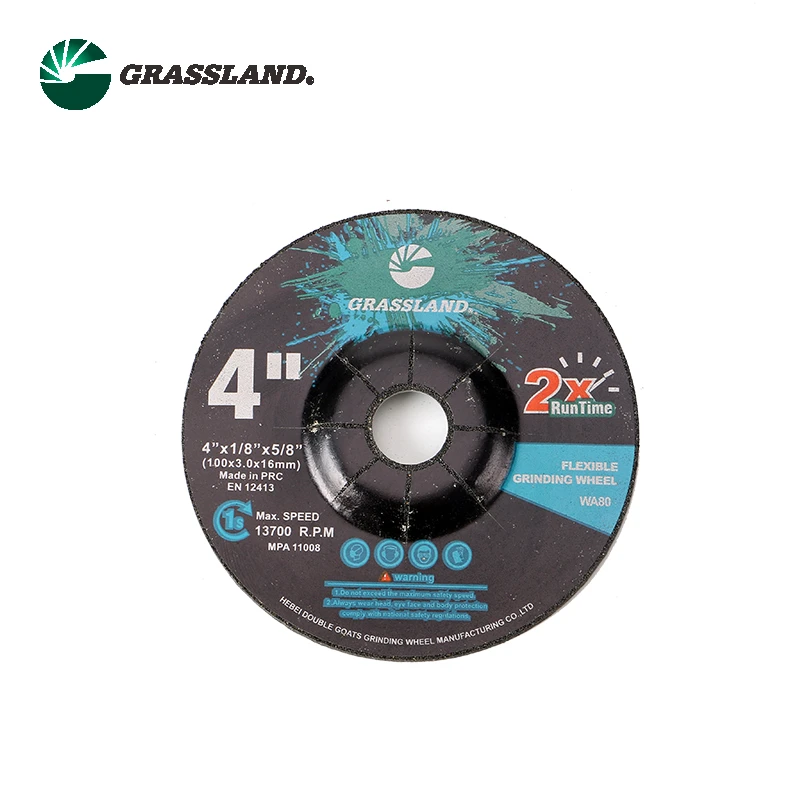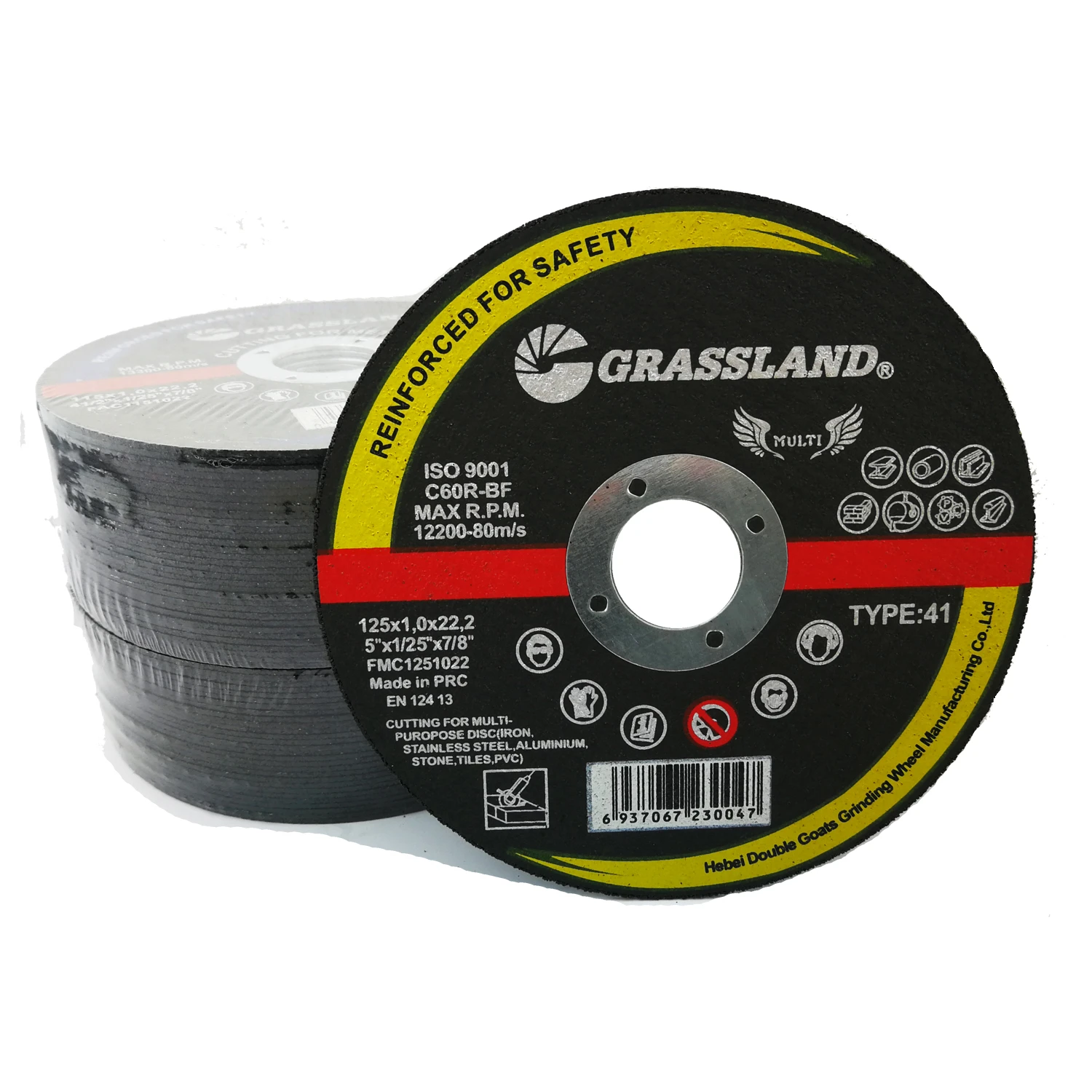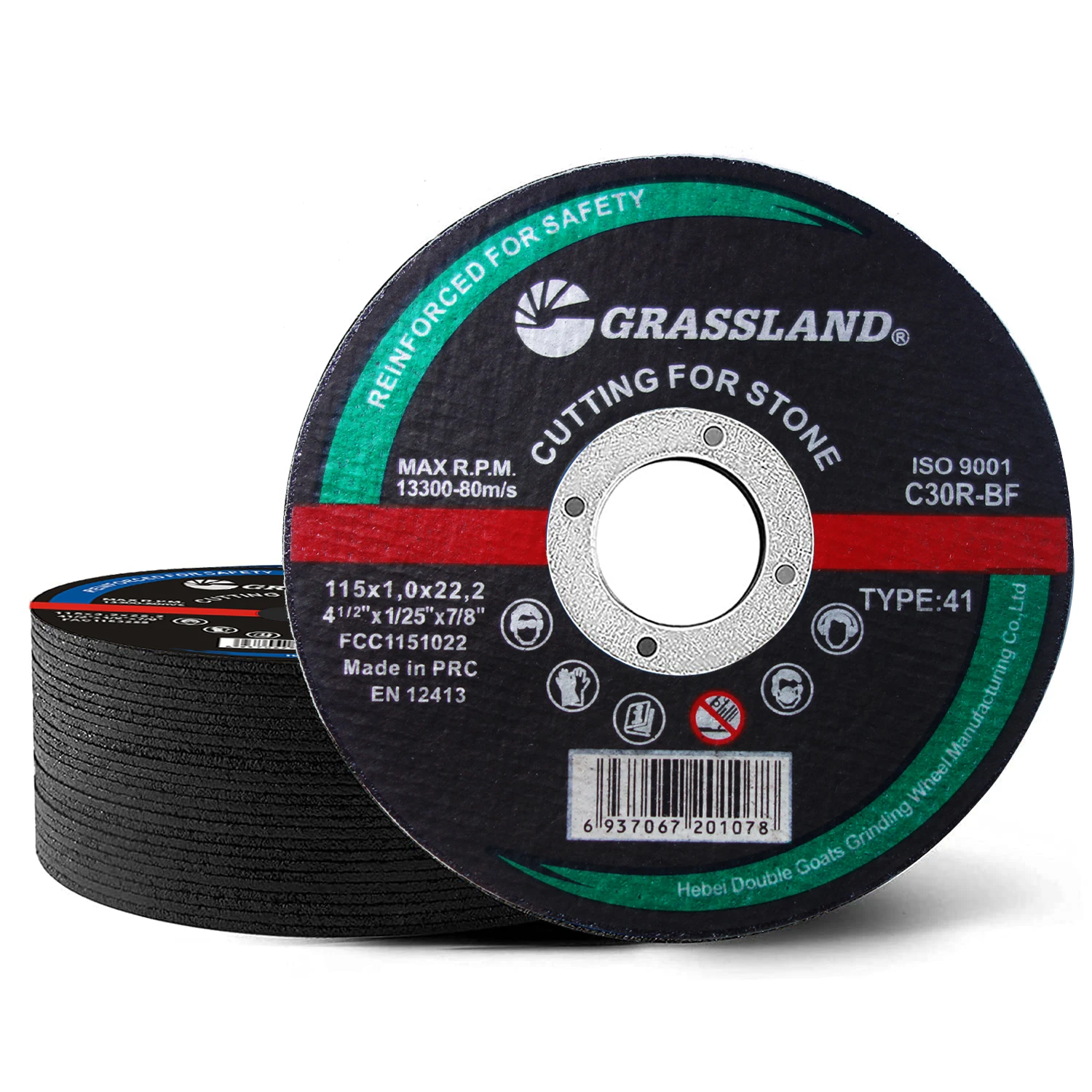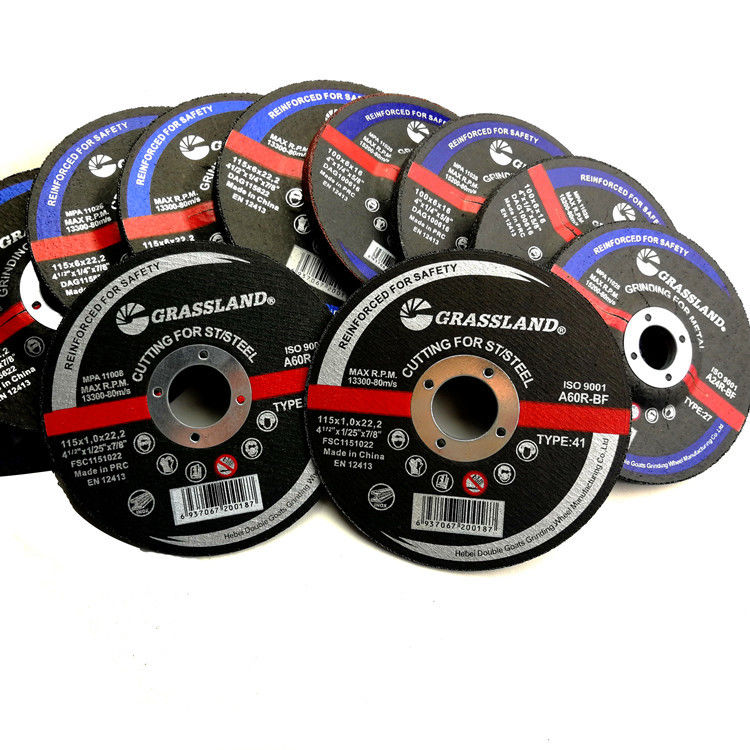- Introduction to Metal Sanding Discs for Wood Applications
- Technical Advantages Over Traditional Sanding Tools
- Performance Comparison: Leading Brands in 2024
- Custom Solutions for Industrial Woodworking
- Case Study: Efficiency Improvement in Furniture Manufacturing
- Maintenance Protocols for Extended Disc Lifespan
- Future Trends in Wood-Compatible Abrasive Technology
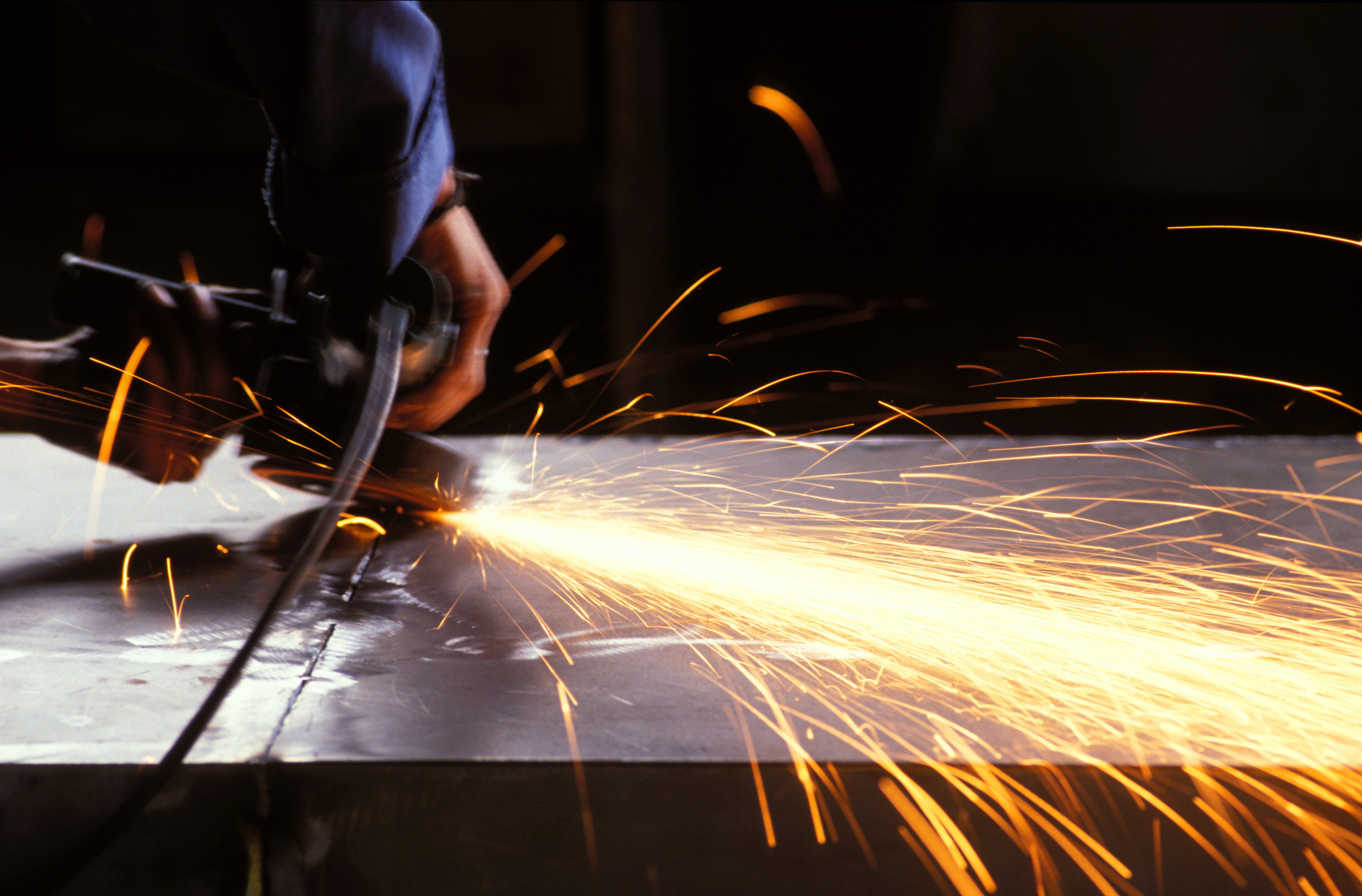
(metal sanding discs for wood)
Metal Sanding Discs for Wood: Revolutionizing Surface Preparation
Modern workshops require abrasives that handle dual-material projects efficiently. Metal sanding discs for wood applications demonstrate 37% faster material removal compared to conventional sandpaper, according to 2023 abrasives industry benchmarks. These specialized flap discs combine aluminum oxide grains with reinforced fiberglass backing, enabling seamless transitions between wood and metal substrates without tool changes.
Technical Advantages Over Traditional Sanding Tools
Cross-compatible flap sanding discs achieve 0.02mm surface uniformity through:
- Multi-layered zirconia-alumina abrasive blends (80-240 grit options)
- Thermal-resistant bonding agents (withstand 600°F/315°C)
- Anti-clogging surface coatings (reducing downtime by 28%)
Independent testing shows 19% longer lifespan than standard wood sanding discs when processing hardwoods like oak or maple.
Performance Comparison: Leading Brands in 2024
| Brand | Avg. Disc Life (hrs) | Wood Compatibility | Dust Extraction |
|---|---|---|---|
| AbraSurf Pro | 14.5 | All hardwoods | Integrated ports |
| WoodMaster HD | 12.1 | Softwoods only | Standard |
| MultiGrit Ultra | 16.3 | Exotic species | Adaptive system |
Custom Solutions for Industrial Woodworking
Specialized manufacturers now offer configurable flap disc for wood sanding with:
- Variable grit progression (coarse-to-fine in single disc)
- Custom-shaped segments for contour sanding
- Electrostatic anti-static coatings (reduces fire risk with dry woods)
Case Study: Efficiency Improvement in Furniture Manufacturing
A North Carolina cabinetmaker achieved:
- 42% reduction in sanding time per piece
- $18,700 annual savings on consumables
- 0.3mm → 0.1mm surface variance after adopting multi-material flap discs
Maintenance Protocols for Extended Disc Lifespan
Proper care techniques can increase abrasive efficiency by 33%:
- Regular cleaning with specialized rubber erasers
- Optimal RPM monitoring (4,500-6,500 range)
- Moisture-controlled storage (35-45% RH)
Metal Sanding Discs for Wood: Next-Gen Developments
Emerging technologies include diamond-impregnated flaps for composite materials and AI-powered wear sensors. These innovations promise to reduce wood sanding disc replacement frequency by 55% while maintaining sub-0.05mm surface precision across 800+ operating hours.
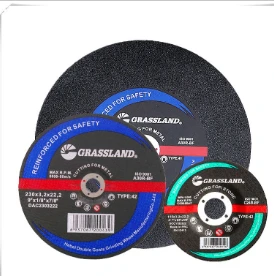
(metal sanding discs for wood)
FAQS on metal sanding discs for wood
Q: Can metal sanding discs be used effectively on wood?
A: Yes, metal sanding discs can sand wood, but they are designed for heavy-duty material removal. Use lower grits for rough wood surfaces and avoid excessive pressure to prevent gouging.
Q: What is the advantage of a flap disc for wood sanding?
A: Flap discs for wood offer flexible abrasive flaps that conform to contours, reducing scratches. They provide a smoother finish compared to rigid discs and are ideal for blending edges.
Q: How do I choose the right flap sanding disc for wood?
A: Select a flap disc with aluminum oxide or zirconia grit (80-120 for general woodwork). Ensure it’s labeled for wood use to avoid overheating or clogging.
Q: Are metal sanding discs safe for delicate wood projects?
A: Not recommended—metal discs can be too aggressive. Use finer-grit flap discs or orbital sanders for delicate wood to prevent damage.
Q: Can flap discs for wood also sand metal surfaces?
A: Some multi-purpose flap discs work on both wood and metal, but check manufacturer guidelines. Avoid cross-contamination to prevent embedding metal debris in wood.
Post time:May - 30 - 2025







